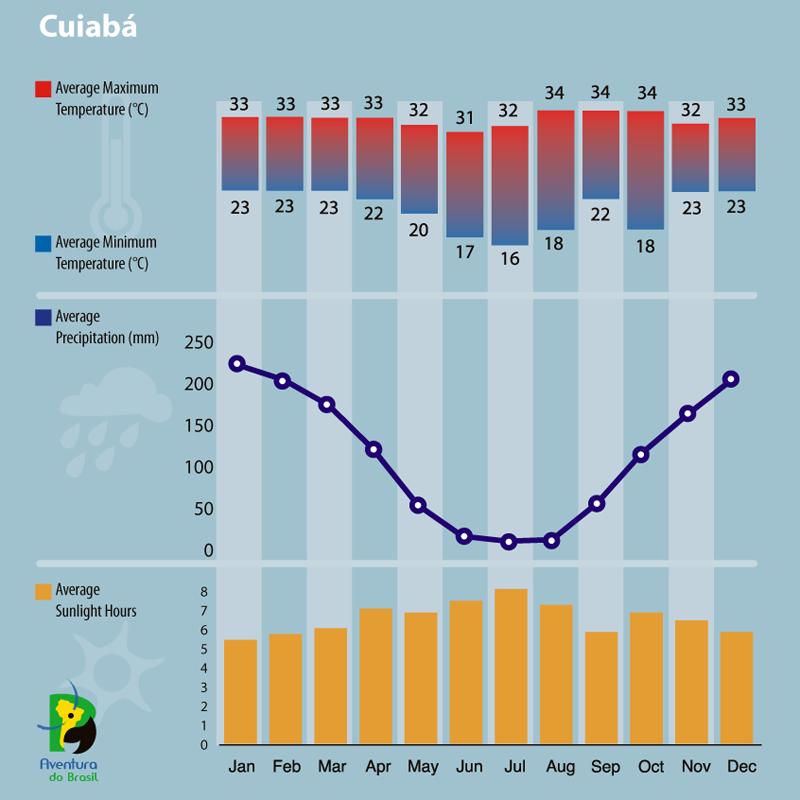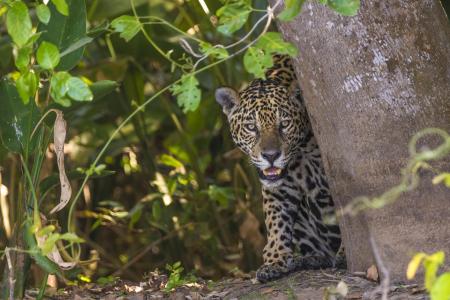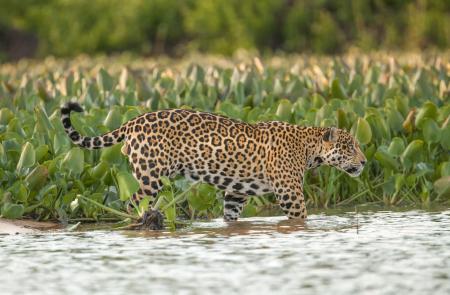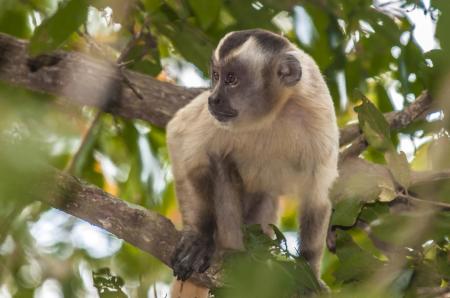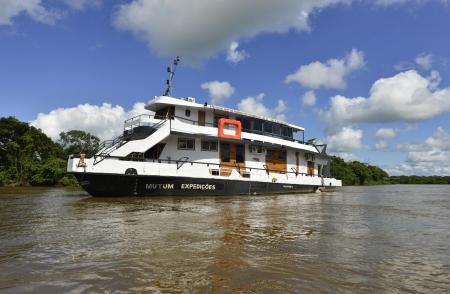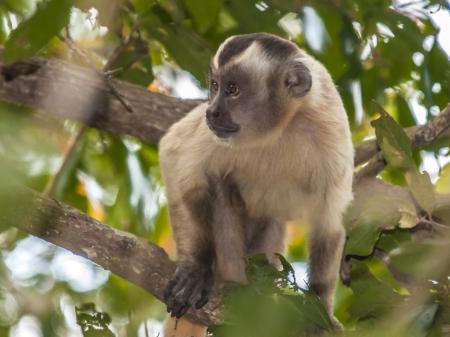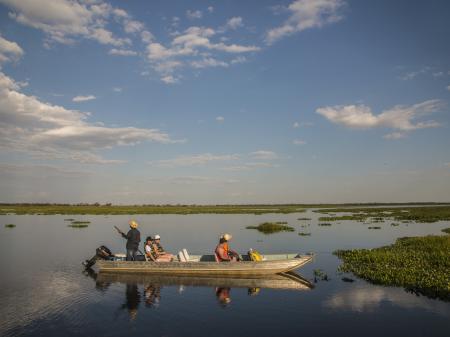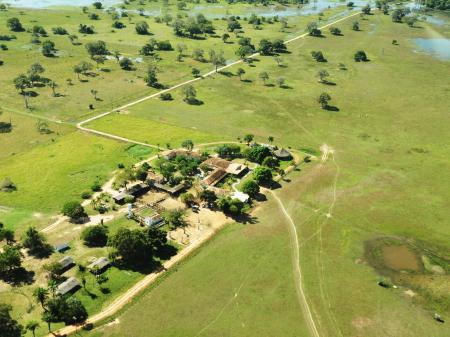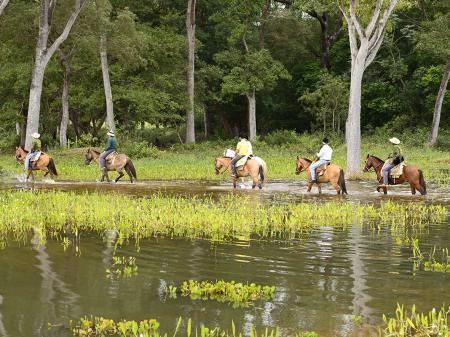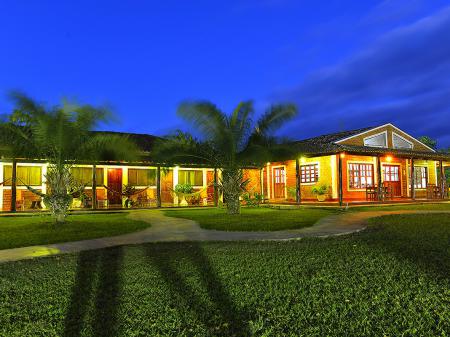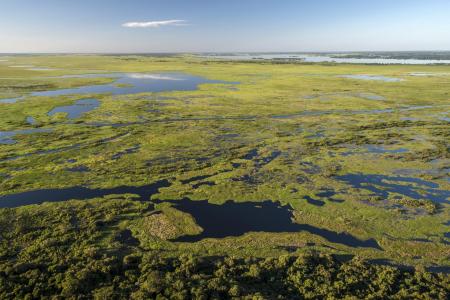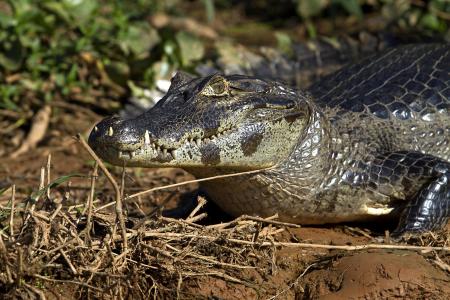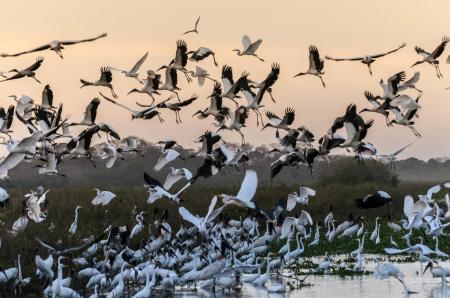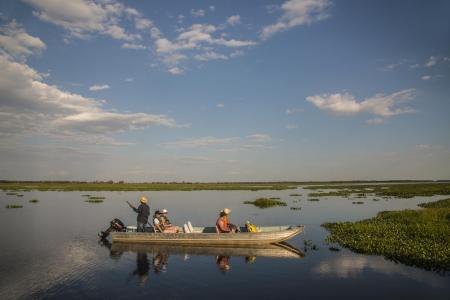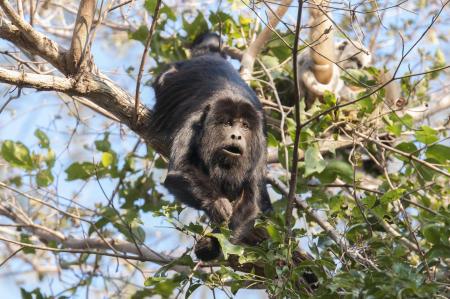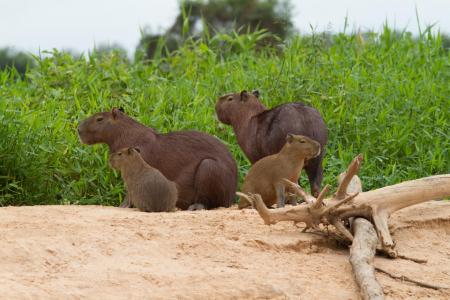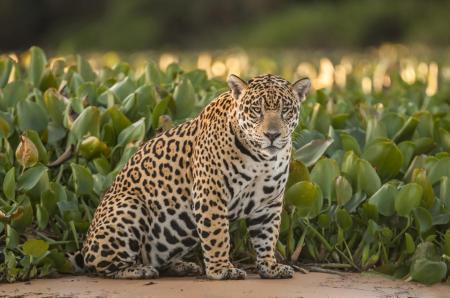Climate and Best Time to Visit Cuiaba, Brazil
For optimal planning of your trip to Cuiaba and the Pantanal, we have compiled below some important information about the regional climate and ideal times to travel.
As in almost all regions of Brazil, the seasons in Cuiaba are opposite of those we know in Central Europe. Due to its location in the southern hemisphere, summer lasts from December to February and winter is from June to August. However, the seasons are not very pronounced and the temperatures vary only slightly. Therefore, the dry and rainy seasons serve as the principal distinguishing markers of the year.
Here you can find all the travel packages and further information about the region.
The climate in Cuiaba is very hot and, during the rainy season, very humid. The rainy season lasts from November to March with average rainfall of 150 mm to 250 mm (5.9 in to 9.8 in) per month. During these months, daily high temperatures average around 32 °C to 33 °C (90 °F to 91 °F). The hot and humid weather alternates with occasional lower temperatures of about 23 degrees (73 °F).
The dry season (April to October) has less rainfall and more fluctuating temperatures for travelers. On average there is only 10 mm to 120 mm (0.4 in to 4.7 in) of rain per month. Daytime high temperatures average from 31 °C to 34 °C (88 °F to 94 °F), but there can also be slightly cooler weather between 16 °C and 22 °C (61 °F to 72 °F). The dry season also provides the maximum amound of daily sunlight. On average, visitors are pampered by the sun for up to 8 hours. During the rainy season there are only up to about 6 hours of daily sunlight.
Best Time to Visit Cuiaba
Cuiaba is usually a starting point for excursions into the Pantanal region. Therefore, it is very important to consider the climate when making your decision. During the rainy season from December to February, large parts of the Pantanal are flooded. Therefore, access to some areas is very limited. It is also more difficult to observe the animals (especially aquatic animals) as they have a larger area to hide in.
The dry season from March to October/November is more suitable. During this time most animals retreat into the remaining ponds, rivers and lagoons and can therefore be better observed. In the winter months, there are also the numerous migratory birds that spend the winter in the Pantanal region and can be observed there with no problem. During this dry period, most parts of the Pantanal are also easily accessible and can be reached by jeep (or similar). Here you find more information about our travel packages, jaguar safaris and group tours.
This package was created as an extension for other Pantanal programs. The goal of this trip is to travel deep into the jaguar region to observe these majestic wild cats in their natural habitat. Together with your English-speaking guide you will travel down the Transpantaneira dirt highway until you reach Porto Jofre, where you will board a motorboat to get to the Mutum Expeditions Boat. Highlights of this trip are the jaguar safaris by boat in which you will hopefully be able to see jaguars in their natural habitat and take pictures of them.
On this tour you will experience the Brazilian Pantanal and enjoy all of its beautiful nature. It is the biggest swamp in the world and, with more than 700 species of birds, it is not only an unforgettable experience for bird lovers and ornithologists but for all nature lovers. The Pantanal is a habitat for many types of animals such as monkeys, large otters, tapirs, capybaras, anacondas, wolves, pumas, and jaguars. You will be impressed by all of the biodiversity and the unique landscapes that the Pantanal has to offer.
This tour is a nature lover's dream. Together with your expert English-speaking guide you will explore the Pantanal and go deep into the heart of jaguar territory. Besides observing and photographing the majestic jaguar, you might also be able to spot other animals such as monkeys, sloths, caimans, otters, capybaras, anteaters, and many more during this trip into the Pantanal. For bird watchers, the Pantanal is a great spot to see macaws, herons, toucans, or hawks in their natural habitat.


